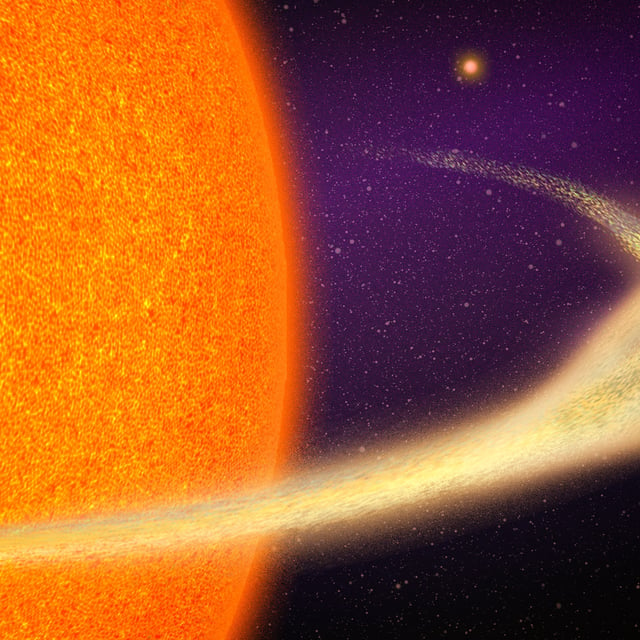Overview
- BD+05 4868 Ab, with a mass similar to Mercury, is orbiting its star at a distance 20 times closer than Mercury is to the Sun.
- The planet's surface reaches temperatures of approximately 1600°C, vaporizing minerals and forming a nine-million-kilometer-long dust tail.
- NASA's TESS telescope identified the planet through unusual light dips, and MIT researchers confirmed its rapid mass loss and tail length.
- The planet is expected to fully disintegrate within one to two million years, based on models published in *The Astrophysical Journal Letters*.
- Upcoming James Webb Space Telescope observations will analyze the ejected dust's composition, offering insights into rocky planet interiors and evolution.


